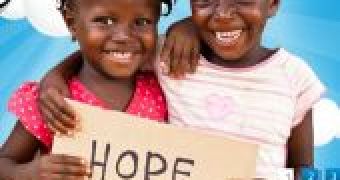Microsoft is upping the ante when it comes down to its annual student competition, announcing the ‘Imagine Cup Solve This’ initiative.
According to the Redmond company, the crowdsourcing model was the catalyst for ‘Imagine Cup Solve This,’ focused on getting students to work on solutions that could impact some of the world’s most stringent problems.
Essentially, the software giant is helping intergovernmental organizations (IGOs), nongovernmental organizations (NGOs) and nonprofits to get help from the participants in the Microsoft’s Imagine Cup.
Solutions are needed in a variety of areas, including education and literacy, disaster relief, environmental sustainability, and global healthcare.
“The Imagine Cup competition features students who are very passionate about societal issues, problem-solving and technology,” revealed Pamela Passman, corporate vice president of Global Corporate Affairs, Microsoft.
“To help students generate project ideas, we created Imagine Cup Solve This, which connects them with nonprofits and organizations in need of new approaches to the variety of problems they encounter. This pairing illustrates how we are evolving the competition to empower students to help make a real difference in the world,” she added.
There are a number of global IGOs and NGOs that are already participating in the new initiative.
According to Microsoft NetHope, the United Nations Development Programme (UNDP), the United Nations Environment Programme (UNEP), the United Nations Food and Agriculture Organization (FAO), United Nations Industrial Development Organization (UNIDO), the United Nations Programme on Youth, the United Nations World Food Programme (WFP), the United Nations World Health Organization (WHO), the U.S. Agency for International Development (USAID) and the Robin Hood Foundation have joined the Redmond company for ‘Imagine Cup Solve This.’
Here are the solutions that the organizations mentioned above have asked Imagine Cup students to build:
“• Technology solutions to promote and assist organizations and educators that foster early reading and literacy among young children
• An online knowledge management system, or “online campus,” with educational content and virtual classrooms for different areas of interest, allowing teachers to interact, collaborate and share information with students
• Mobile or fixed devices to capture and send videos or transmit live broadcasts from remote areas and under harsh conditions
• An integrated collaboration and communication platform that encourages youth participation in global development efforts.”

 14 DAY TRIAL //
14 DAY TRIAL //